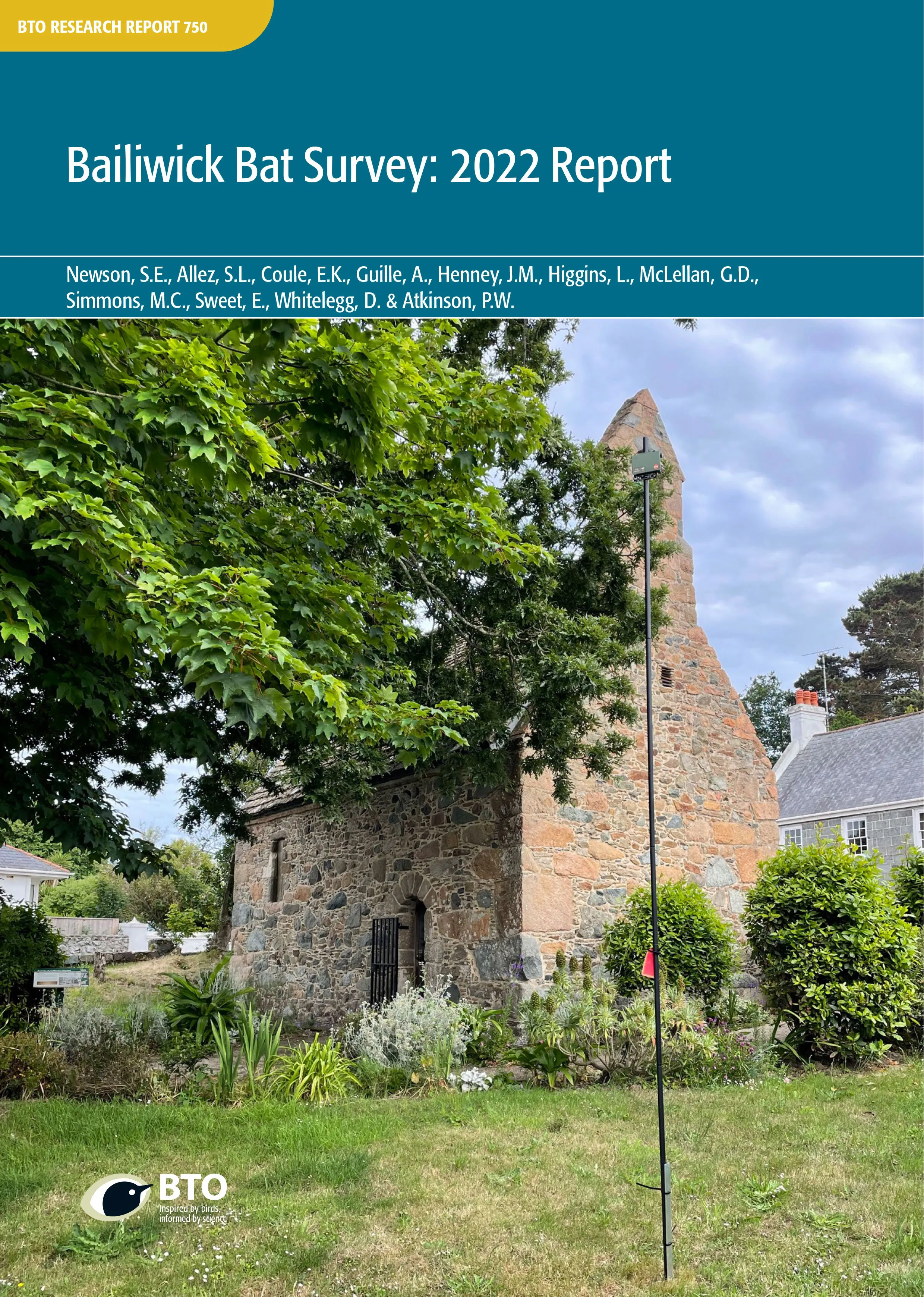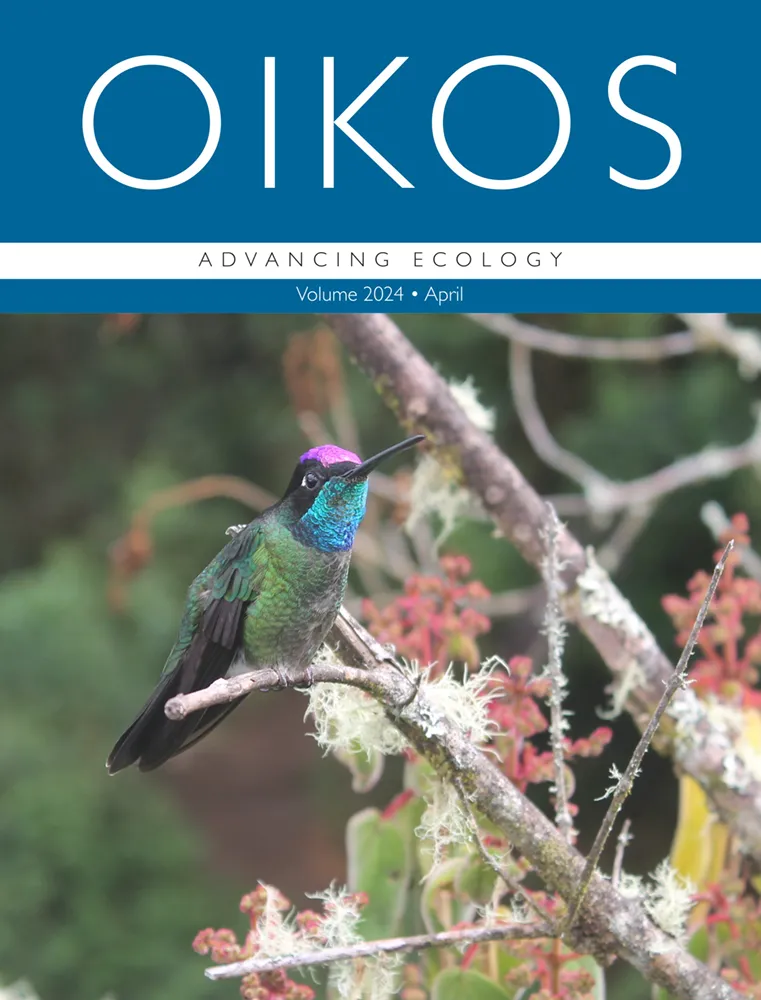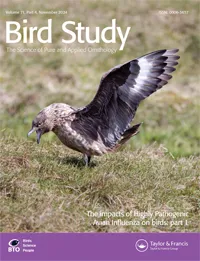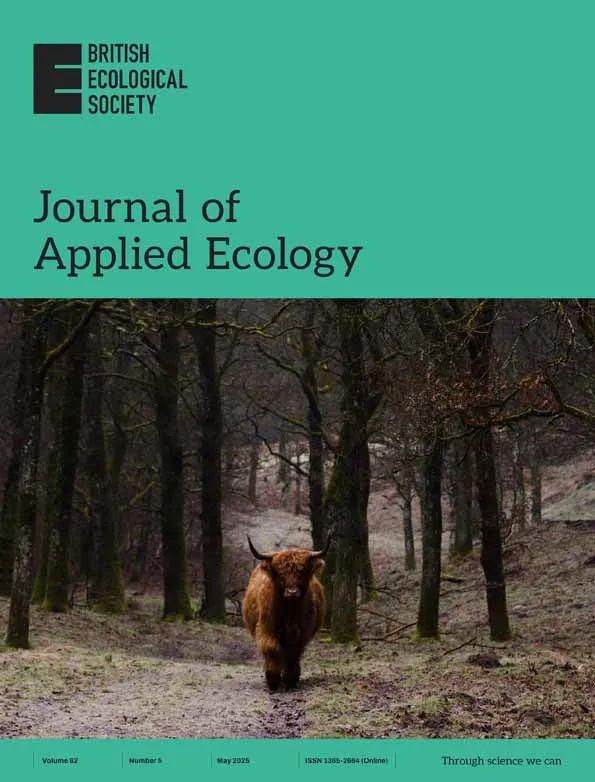BTO create and publish a variety of important articles, papers, journals and other publications, independently and with our partners, for organisations, government and the private sector. Some of our publications (books, guides and atlases) are also available to buy in our online shop.
Annual report of the Seabird Monitoring Programme
Seabird Population Trends and Causes of Change: 1986–2023
This report presents the latest seabird population trends in breeding abundance and productivity using data from the Seabird Monitoring Programme (SMP).
The report documents changes in the abundance and productivity of breeding seabird species in Britain and Ireland from 1986 to 2023, and provides a detailed account of the 2021, 2022 and 2023 breeding seasons.

Search settings
Bailiwick Bat Survey 2022 Report
Author: Newson, S.E., Allez, S.L., Coule, E.K., Guille, A.W., Henney, J.M., Higgins, L., McLellan, G.D., Simmons, M.C., Sweet, E., Whitelegg, D. & Atkinson, P.W.
Published: 2023
This report presents the main findings from survey work delivered using passive acoustic monitoring devices deployed across the Bailiwick of Guernsey. Through the surveys that we support we aim to improve knowledge and understanding of species distribution and activity, covering a range of taxonomic groups, including bats, small terrestrial mammals and insects. Through this approach we provide robust datasets that can be used to inform better decision-making processes.
23.01.23
Research reports Research reports

Inconsistent relationships between area, heterogeneity and plant species richness in temperate farmed landscapes
Author: Maskell, L., Alison, J., Forbes, N., Jarvis, S., Robinson, D., Siriwardena, G., Wood, C. & Smart, S.
Published: 2023
20.01.23
Papers

Declines in invertebrates and birds – could they be linked by climate change?
Author: Pearce-Higgins, J.W. & Morris, R.K.A.
Published: 2023
The long-term declines evident in many bird and invertebrate species have their origins within a suite of potential drivers, one of which is climate change. As well as impacting bird species directly, could climate change be increasingly hitting bird populations through its impacts on their invertebrate prey?
09.01.23
Papers

Reversing declines in farmland birds: how much agri-environment provision is needed at farm and landscapes scales?
Author: Sharps, E., Hawkes, R., Bladon, A., Buckingham, D., Border, J., Morris, A., Grice, P. & Peach, W.
Published: 2023
Agriculture is a major driver of global biodiversity decline. One policy mechanism being used to address the impacts of agriculture is the use of financial incentives, encouraging landowners to farm in a way that benefits biodiversity. Within Europe, this approach is delivered through agri-environment schemes (AES). The effectiveness of these schemes has been examined, highlighting mixed benefits for biodiversity generally and for specific taxonomic groups, but our understanding is incomplete. A significant knowledge gap is the amount of AES provision that is needed within a landscape to deliver the hoped-for biodiversity outcomes. This paper addresses this knowledge gap for farmland birds in the UK.
04.01.23
Papers

Nest survival of threatened Eurasian Curlew (Numenius arquata) breeding at low densities across a human-modified landscape
Author: Ewing, H., Franks, S., Smart, J., Burton, N. & Gill, J.A.
Published: 2022
When species are in decline, it is sometimes appropriate for humans to step in and support them using management actions. To ensure these actions are effective, they must target the factors influencing the population decline (breeding productivity and/or survival), in the appropriate places, at the appropriate times, using the appropriate tools. Targeted management actions have been used effectively to restore a number of rare and localised species, however, understanding how best to target management for widespread but declining species, such as the Curlew, is likely to be more challenging.
29.12.22
Papers
